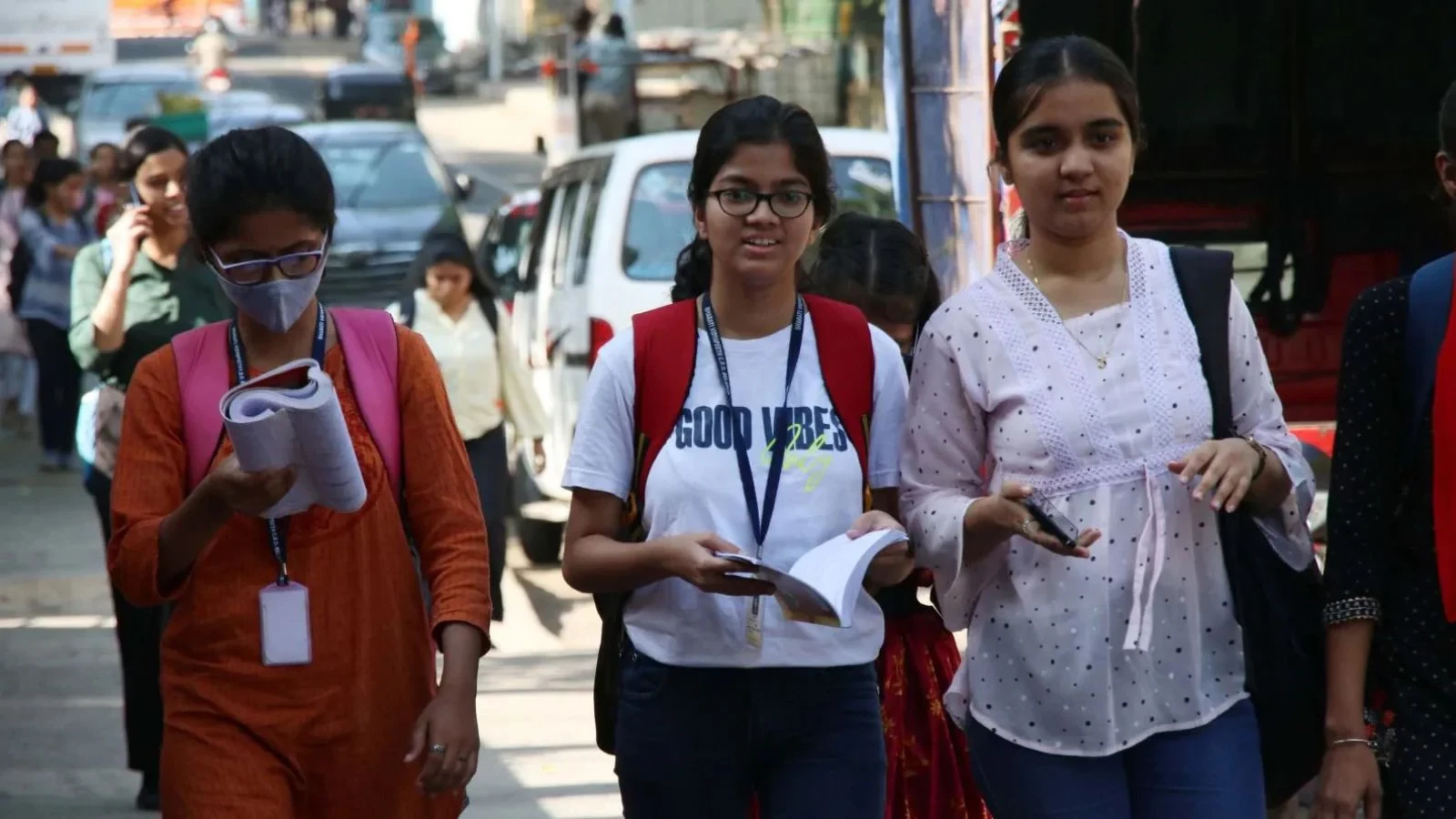NBSE HSSLC Syllabus 2025-26 is set by the Nagaland board. From its official website, you can get the syllabus PDF for all subjects of Science, Commerce, and Humanities streams. In Science, students will have to study Physics, Chemistry, and Biology. In Commerce, Economics, Business Studies, and Accountancy are the main subjects. For the Humanities stream, students will have to study Geography, History, and Political Science. Each subject will have a theory exam. Some subjects will have a practical exam too. For the detailed syllabus, students can visit online and check the syllabus in detail. Besides the syllabus, students can also check the NBSE HSSLC exam pattern 2025-26 to prepare for the board exams. Continue reading the article for more information about the Nagaland Board Class 12th Syllabus 2025.
Nagaland Board Class 12th History Syllabus 2025-26
Below given is the detailed syllabus:
Unit / Theme | Topics / Content | Weightage (Marks) | Detailed Explanation |
Part A: Themes in Indian History – I (Early Societies) | |||
1. The Story of the First Cities – Harappan Archaeology | - Harappan civilization: origin, features, and decline - Town planning and architecture (citadel, drainage, granaries) - Social and economic life - Religious practices - Craft production and trade networks - Discovery of Harappa and archaeological significance | 8 | Students study one of the earliest civilizations of the world. The Harappan civilization is explored through archaeology, highlighting urban planning, trade networks, craft specialization, and religious beliefs. It helps students connect material remains with the socio-economic life of early societies. |
2. Political and Economic History – How Inscriptions Tell a Story | - Sources of early Indian political history - Ashokan inscriptions and their importance - Development of Mauryan state - Gupta period inscriptions (Prayaga Prashasti) - Economic life and land grants | 8 | This unit emphasizes the role of inscriptions in reconstructing political history. Students learn how rulers used inscriptions to legitimize power, spread messages (like Ashoka’s Dhamma), and how these sources help in understanding political authority and economic structures. |
3. Social Histories – Using the Mahabharata | - The Mahabharata as an epic and historical source - Oral traditions and written texts - Social issues: kinship, caste, and gender relations - Dharma and debates in society | 8 | Students explore how literature like the Mahabharata provides insights into social and cultural life. The focus is on caste, family structures, gender roles, and moral dilemmas that shaped ancient Indian society. |
4. A History of Buddhism – Sanchi Stupa | - Life of Gautama Buddha - Teachings of Buddhism - Spread of Buddhism - Stupas and monasteries - Patronage by rulers - Artistic and architectural heritage of Sanchi | 8 | Buddhism is studied as a reformist movement in ancient India. Students analyze Buddhist philosophy, the role of stupas in spreading teachings, and the support from kings like Ashoka. The Sanchi Stupa becomes a case study of religious art and architecture. |
Part B: Themes in Indian History – II (Medieval Societies) | |||
5. Agrarian Relations – The Ain-i-Akbari | - Akbar’s agrarian policies - Zabti system and land revenue administration - Role of peasants and zamindars - Agricultural productivity and technology - The Ain-i-Akbari as a source | 8 | This theme highlights the Mughal agrarian economy through Abul Fazl’s Ain-i-Akbari. Students learn how peasants, zamindars, and the state were interlinked, and how agricultural systems sustained the empire. |
6. The Mughal Court – Reconstructing Histories through Chronicles | - Nature of Mughal kingship - Court rituals, hierarchy, and patronage - Sources: Akbarnama, Badshahnama, and Persian chronicles - Mughal political culture | 8 | Students explore how Mughal power was projected through rituals, ceremonies, and chronicles. The study reveals how kingship was legitimized and how cultural diversity was integrated in Mughal India. |
7. Religious Hi |
NBSE HSSLC Syllabus 2025-26: How to download
By the time the NBSE Exam timetable for Class 12 is released, students should have finished their syllabus. Below are simple instructions for downloading the NBSE Class 12th Syllabus 2026.
Step 1: First, go to the NBSE Board's official website.
Step 2: Click on the homepage's syllabus section now.
Step 3: There will be a new page.
Step 4: Select the NBSE HSSLC Syllabus 2026 link.
Step 5: It will show Nagaland Board 12th Syllabus 2026 on the screen.
Step 6: Save the NBSE 12th Syllabus 2026 to your computer for further use.

